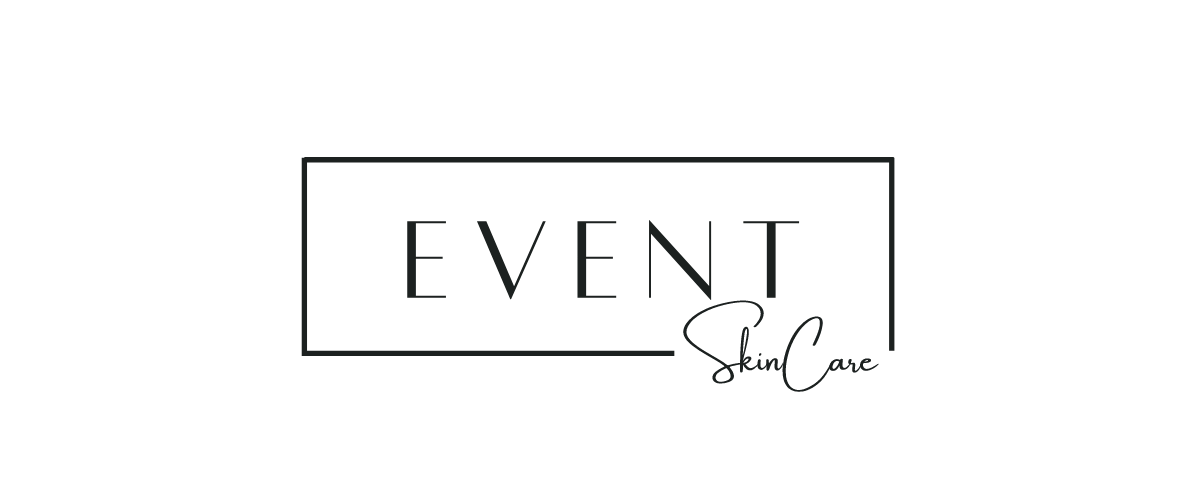What’s Up with Wrinkles and Fine Lines?
Wrinkles and Fine lines
Wrinkles are a natural part of the aging process. While aging is a blessing, the fine lines and wrinkles that accompany it are frequently undesirable. Learn why wrinkles occur, how to prevent them, and how to diminish them if they do.
How are Wrinkles and Lines Formed?
Wrinkles are lines and folds in the skin that appear as a result of the aging process. Fine lines, deep furrows, and grooves are examples of skin wrinkles that vary in size and severity. The structure and texture of your skin are heavily influenced by genetics. Wrinkles are more common in sun-exposed areas such as the face and neck, the arms, and the backs of the hands. However, not all creases are the same. In fact, there are four sorts of wrinkles, each with a unique set of causes.
Atrophic, crinkling rhytids resemble fine parallel lines. They are signs of elasticity loss and usually arise as collagen in the skin atrophies with age and new collagen formation slows. These wrinkles are frequently visible under the eyes.
Skin becomes increasingly fragile and delicate as it thins. Your skin also generates less oil, leaving it drier and more prone to wrinkles. Fat erodes in the deeper layers of skin, and volume loss accentuates wrinkles.
Smoking causes accelerated aging by reducing the blood flow to the skin. The damaging free radicals created by smoking also have an impact on skin health.
Permanent elastotic wrinkles caused by sun exposure. Typically, these wrinkles appear on the cheekbones, upper lip, and back of the neck. According to the Mayo Clinic, sun exposure is a major cause of wrinkles in those with pale skin. In fact, the sun is responsible for up to 90% of the apparent skin changes often associated with aging, contributing to pigmentation disorders and increasing your risk of skin cancer. UV rays harm the connective tissues that give skin its firm, silky structure, collagen and elastin. Skin becomes loose or slack without these support structures, resulting to the appearance of wrinkles.
You can cut your sun exposure by up to 60% by avoiding the sun during peak hours (from 10 a.m. to 2 p.m.). Wear protective clothing and eyewear; stay in shaded locations; and, of course, always use sunscreen if you're outside during these peak periods. I recommend broad-spectrum sunscreen with an SPF of 30 or higher. Not only does sunscreen help prevent wrinkles, but one study discovered that daily use restored existing indications of sun damage, including wrinkles.
Dynamic expression lines are generated by frequent facial expressions. When you squint, scowl, or grin, a groove emerges in the skin surrounding the facial muscles involved. Skin loses its ability to bounce back with time, and the grooves become more permanent.
Crow's feet and frown lines are examples of dynamic wrinkles. Like pursing your lips repeatedly over a cigarette or straw, this can also result in "smoker's lines."
Gravitational folds resemble sagging skin and are caused by the pull of gravity over time, as seen in deep nasolabial folds. Weight loss and fat loss in the face can further accentuate the appearance of these lines.
When do wrinkles begin to appear?
Most people notice facial wrinkles in their late twenties because the body's ability to manufacture collagen naturally wanes at 25. Sun damage, a bad diet, smoking, and menopause can all hasten collagen depletion and make you appear older than you are.
Wrinkling is more obvious if you're expressive with your face, and it's most noticeable under the eyes and around the mouth, where the nasolabial folds (smile lines), lip lines, and marionette lines deepen over time.
Top Non-Surgical Treatments to Improve Wrinkles
In-office treatments such as lasers and neuromodulators such as Botox can decrease (and even prevent) wrinkles more effectively than any other skin-care product.
The best therapy for you depends on the type of wrinkles you have, but experts and RealSelf members agree that these are the finest solutions.
Botox temporarily inhibits nerve signals to the facial muscles, causing them to constrict. This keeps them relaxed, which reduces the visibility of lines and wrinkles.
Botox, a botulinum toxin type A derivative, is ideal for treating dynamic wrinkles generated by repeated muscle movements. It can help postpone the appearance of wrinkles by reducing recurrent facial expressions.
Botox will not improve deep, static wrinkles that are visible regardless of facial movement.
Botox is used for the treatment of crow's feet, frown lines, and forehead lines, but it's also used to smooth lip lines, crinkles on the bridge of your nose, neck bands, and other wrinkles in the lower half of the face.
The benefits of Botox fade off in three to four months, depending on how your body metabolizes it, so you'll require maintenance sessions to get long-lasting improvements. It's also critical to use an experienced injector to get the best outcomes and avoid issues.
Dermal fillers, which are injected beneath the skin, can smooth out wrinkles and folds. They instantly smooth out wrinkles by plumping the skin. Most fillers are comprised of hyaluronic acid, which is present naturally in the body and is regarded as extremely safe.
The injections are generally rapid and painless. The results are only temporary; you'll require touch-ups to keep them looking good, but some can last up to 18 months.
Hyaluronic acid filler is the safest type of filler since it may be reversed with hyaluronidase, an enzyme that breaks it down.
Chemical peels remove the top layers of skin with an acidic solution, increasing skin cell turnover and collagen formation. Chemical peels can improve a variety of skin issues, including acne scars and age spots, in addition to smoothing fine lines and wrinkles. The intensity can be tailored to your skin concerns and tone, and they're frequently less expensive than lasers that promise identical effects.
Because they touch both the surface layer of skin and the upper portion of the dermis (which lies beneath it), medium-strength peels are excellent for addressing wrinkles and other signs of moderate sun damage. They normally take a few days to heal, with redness and flaking.
There is a risk of hyperpigmentation, and results must be maintained with a yearly peel. Because not all peels are made equal, consult with your skin specialist to see what they would recommend for your skin.
LEARN MORE ABOUT OUR CHEMICAL PEEL TREATMENTS
Laser resurfacing causes micro-injuries in the lower layers of skin, triggering the body's healing process. The skin, as well as collagen and elastin, regenerate over time, enhancing tone and texture. These regenerated fibres make skin feel and look more supple and firm, reducing the visibility of wrinkles.
LEARN MORE ABOUT OUR ER:YAG FRACTIONAL RESURFACING TREATMENT
Microneedling is an in-office therapy that involves microscopic needles piercing the skin. This causes micro-injuries, which activate the body's natural healing response and boost collagen formation. Collagen is what gives skin its firm, supple structure and smooths the appearance of wrinkles.
The process is quick, inexpensive, and safe for all skin types (though people with active skin diseases like eczema or rosacea should avoid it).
You'll have one to three days of downtime, during which your skin will seem sunburned.
Microneedling will not dramatically tighten sagging skin, but it will provide some rejuvenation by clearly correcting fine lines and shallow creases. Multiple treatments will be required to see the most dramatic results.
LEARN MORE ABOUT OUR MICRONEEDLING TREATMENT
If you would like to further explore which treatment might be best for you please book a consultation or appointment today:)


